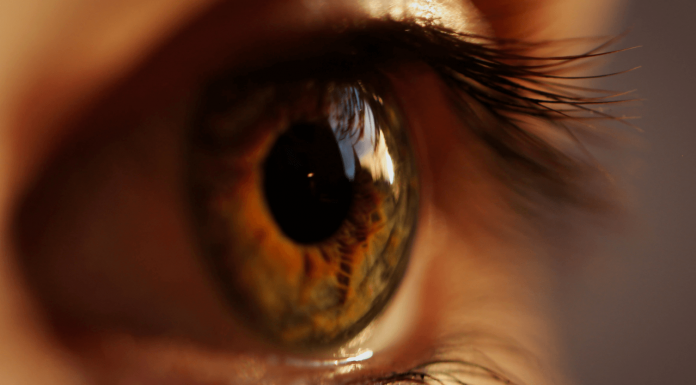Researchers at St George's University of London used the QUantitative Analysis of Retinal Vessels Topology and siZe (QUARTZ) retinal image analysis algorithm developed in a previous study and applied it to retinal vasculometry (RV) to predict cardiovascular disease, myocardial infarction risk, or stroke. The study, entitled "Artificial intelligence-enabled retinal vasculometry for prediction of circulatory mortality, myocardial infarction and stroke," was published online in early October in the British Journal of Ophthalmology.
Cardio-neurovascular disease, a group of disorders affecting the heart and blood vessels, is the leading cause of death worldwide. According to the French Federation of Cardiology, their number is increasing every year and they are the cause of approximately 140,000 deaths per year, or 400 deaths per day in France. They also lead to 40,000 cardiac arrests each year, 92% of which are fatal.
Using retinal scans to predict cardiovascular events
A retinal scan, a very quick examination, uses a low intensity light source and a sensor to scan the blood vessels at the back of the retina and is commonly performed by ophthalmologists. Biomarkers of these vessels (density, tortuosity...) are associated with cardiac function and are increasingly used to predict cardiac problems, as researchers from the KU Leuven or, well before them, those from Alphabet have done.However, according to the team from St George's University of London, which was joined by researchers from Kingston University, College of London University, and Cambridge University, this research is the largest population-based study on RV and, moreover, the external validation of the prediction models was performed in a large, separate cohort, which is rare in this field.
AI-based retinal vasculometry for prediction of circulatory mortality, myocardial infarction, and stroke
The objective of this study was to test whether the inclusion of Quartz AI-enabled RV improves existing risk algorithms for stroke, myocardial infarction (MI), and circulatory mortality.Quartz-enabled retinal vessel image analysis processed images of 88,052 participants aged 40 to 69 years from the UK Biobank (UKB), a large-scale biomedical database containing in-depth genetic and health information from half a million UK participants. Retinal width, tortuosity, arteriolar, and venular area were extracted from these images to develop predictive models using multivariate Cox proportional hazards regression for circulatory mortality, stroke, and MI. In addition to RV, the models took into account age, smoking, and medical history (antihypertensive/cholesterol-lowering medications, diabetes, prevalent stroke).
They were then validated on retinal scans of 7,411 people aged 48 to 92 years who participated in the EPIC-Norfolk survey, the British component of the EPIC (European Prospective Investigation into Cancer) study.
The results of the study
The researchers added RV to the Framingham Risk Scores (FRS), which estimates coronary risk over a 10-year period, found that FRS performance for stroke and MI was not improved and, on the other hand, Quartz performance was equal to or better than FRS.AI-based vasculometry risk prediction is fully automated, inexpensive, noninvasive. It has the potential to reach a higher proportion of the population; however, work is needed to identify those at high risk for circulatory mortality.
Article Sources:
"Artificial intelligence-enabled retinal vasculometry for prediction of circulatory mortality, myocardial infarction and stroke"
British Journal of Ophthalmology, 04 October 2022, doi: 10.1136/bjo-2022-321842
Authors :
- Alicja Regina Rudnicka, Health Research Institute, St George's University of London;
- Roshan Welikala, Faculty of Science, Engineering and Computing, Kingston University;
- Sarah Barman, Faculty of Science, Engineering and Computing, Kingston University;
- Paul J Foster, NIHR Biomedical Research Centre at Moorfields Eye Hospital and UCL Institute of Ophthalmology, University College London;
- Robert Luben, MRC Epidemiology Unit University of Cambridge ;
- Shabina Hayat 5, Department of Psychiatry, Cambridge Public Health, University of Cambridge School of Clinical Medicine ;
- Kay-Tee Khaw, MRC Epidemiology Unit University of Cambridge;
- Pierre Whincup, Health Research Institute, St George's University of London;
- David Strachan, Health Research Institute, St George's University of London;
- Christophe G Owen, Health Research Institute, St George's University London.
Translated from Prédire les accidents cardiovasculaires grâce aux scans rétiniens et l'intelligence artificielle


